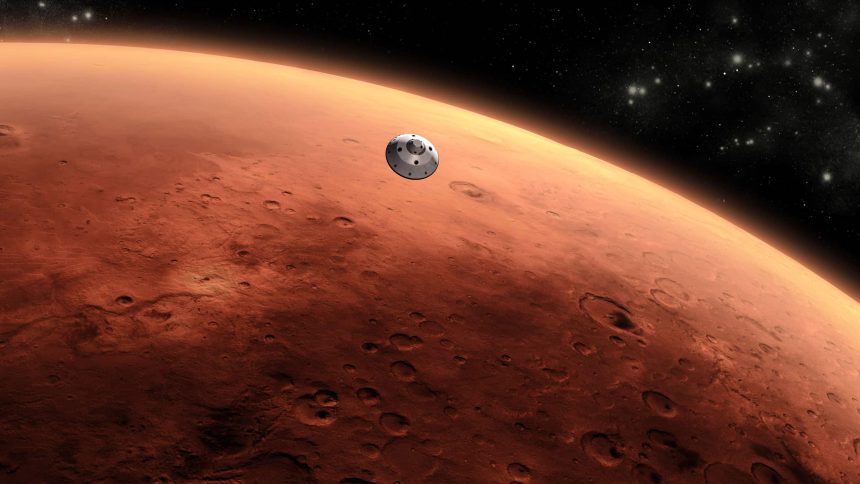NASA’s Stennis Space Center is celebrating Red Planet Day with the continuation of the testing of RS-25 engines, which will be used in future trips to the moon and Mars.
Each year, NASA scientists honor Red Planet Day in memory of Spacecraft Mariner 4’s successful journey to Mars on July 15, 1965. The mission marked the first time a spacecraft was able to approach the planet after three failed attempts.
Since then, scientists have continued to progress towards launching a rocket that will be able to take humans to Mars, all while conducting tests to send spacecraft to the moon in future missions.
Over the past six decades, the Stennis Space Center in Hancock County has worked with NASA to take steps into numerous journeys throughout space, with the most recent efforts centering around the testing of RS-25 engines.
In mid-November, Stennis conducted the second round of hot fire tests in a final 12-test certification series aimed at paving the way for producing new RS-25 engines. The 500-second test duration is the same amount of time needed to help launch Space Launch System (SLS) rockets to orbit during future Artemis missions to the moon. Four RS-25 engines fire simultaneously to help launch each SLS rocket, producing up to 2 million pounds of combined thrust.
Lacy Thompson with the office of communications at Stennis, explained that NASA is currently expecting the next rocket to the moon to launch in 2025.
“We are testing engines and systems that are going to be used on the SLS Space Launch System rocket, and that’s what is launching the Artemis missions to the moon,” Thompson said on Good Things with Rebecca Turner. “While we’re there, we are going to learn the techniques and the technologies and capabilities we have to have in order to go farther, to go to Mars.”
Thompson added that NASA has even bigger plans in store upon the completion of the testing of the RS-25 engines.
“Once we finish this test series we are involved in, they will have the green light to go ahead and produce those engines that will help launch those future missions,” Thompson said. “NASA is building an exploration upper stage, a bigger upper stage that will carry more people and heavier payloads to deep space.”
At this time, NASA is estimating that astronauts will be sent to Mars as early as the 2030s.








